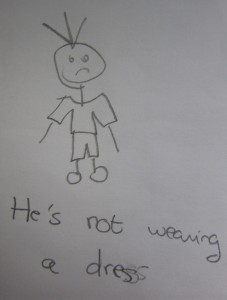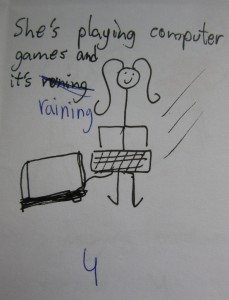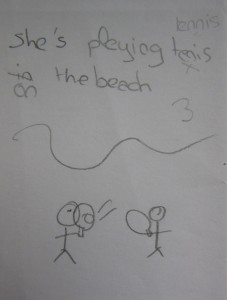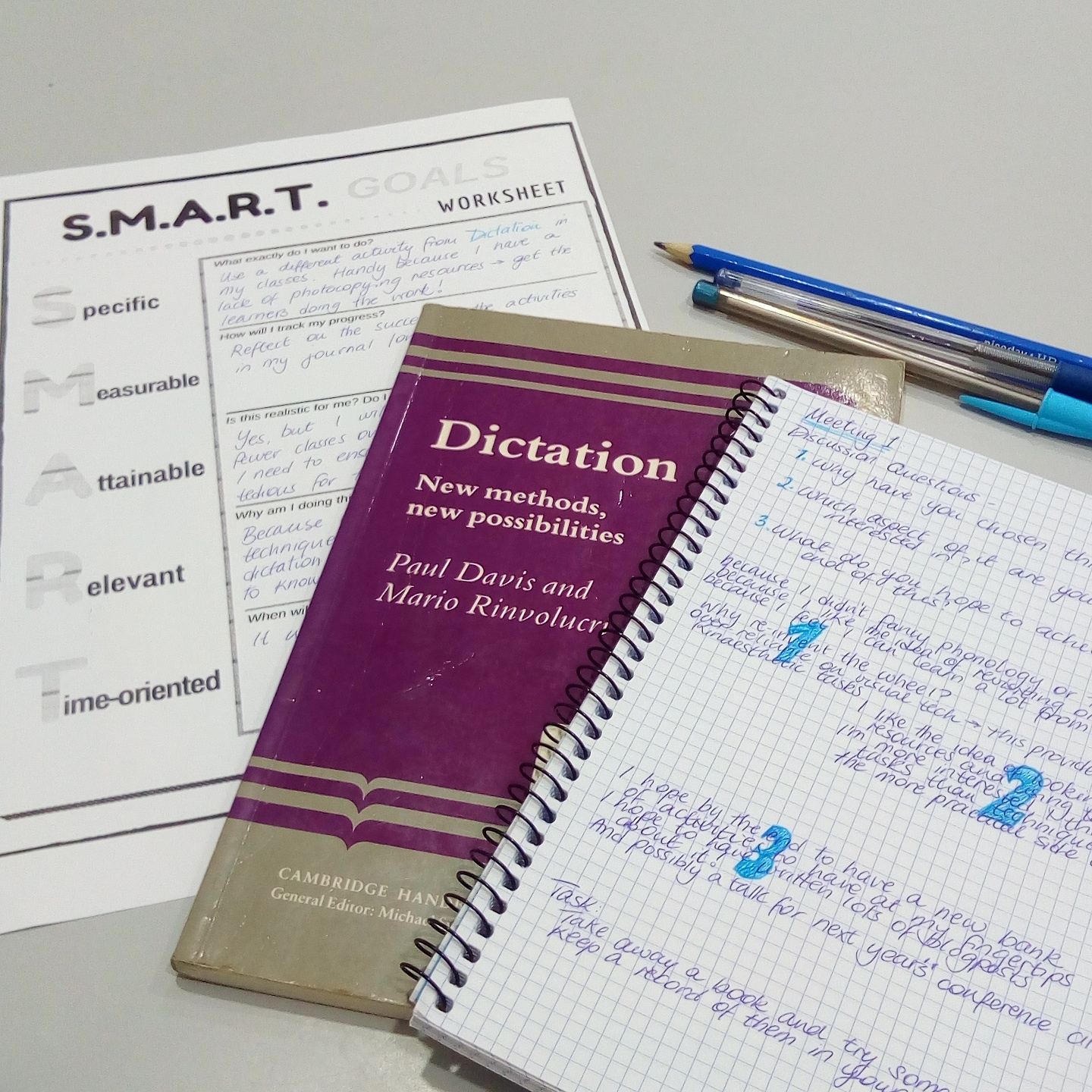Picture Dictations
 I had a great time the other day with my 11-year-olds as we were practising the present simple through picture dictations. One thing I particularly enjoy about running picture dictations with Spanish speakers is that it removes their desire to dictate “phonetically” – in a normal running dictation, learners are obviously keen to get the spelling correct and so end up dictating things like, “The to-ast is very de-li-ci-ous” or “I li-ke waa-ching TV”.
I had a great time the other day with my 11-year-olds as we were practising the present simple through picture dictations. One thing I particularly enjoy about running picture dictations with Spanish speakers is that it removes their desire to dictate “phonetically” – in a normal running dictation, learners are obviously keen to get the spelling correct and so end up dictating things like, “The to-ast is very de-li-ci-ous” or “I li-ke waa-ching TV”.
- Introduce and model the activity with a learner.
- Pair learners up and give instructions.
- Learners work on running dictation in pairs.
- When they have all the pictures, instruct them to work together to write a sentence (remind them to use the present continuous).
- Swap papers with another pair to correct. Elicit sentences from learners, write correct sentences on the board.
I told the groups there were a maximum of five points per sentence and that they should take off a mark for each mistake (hence the numbers on some of the pictures).




